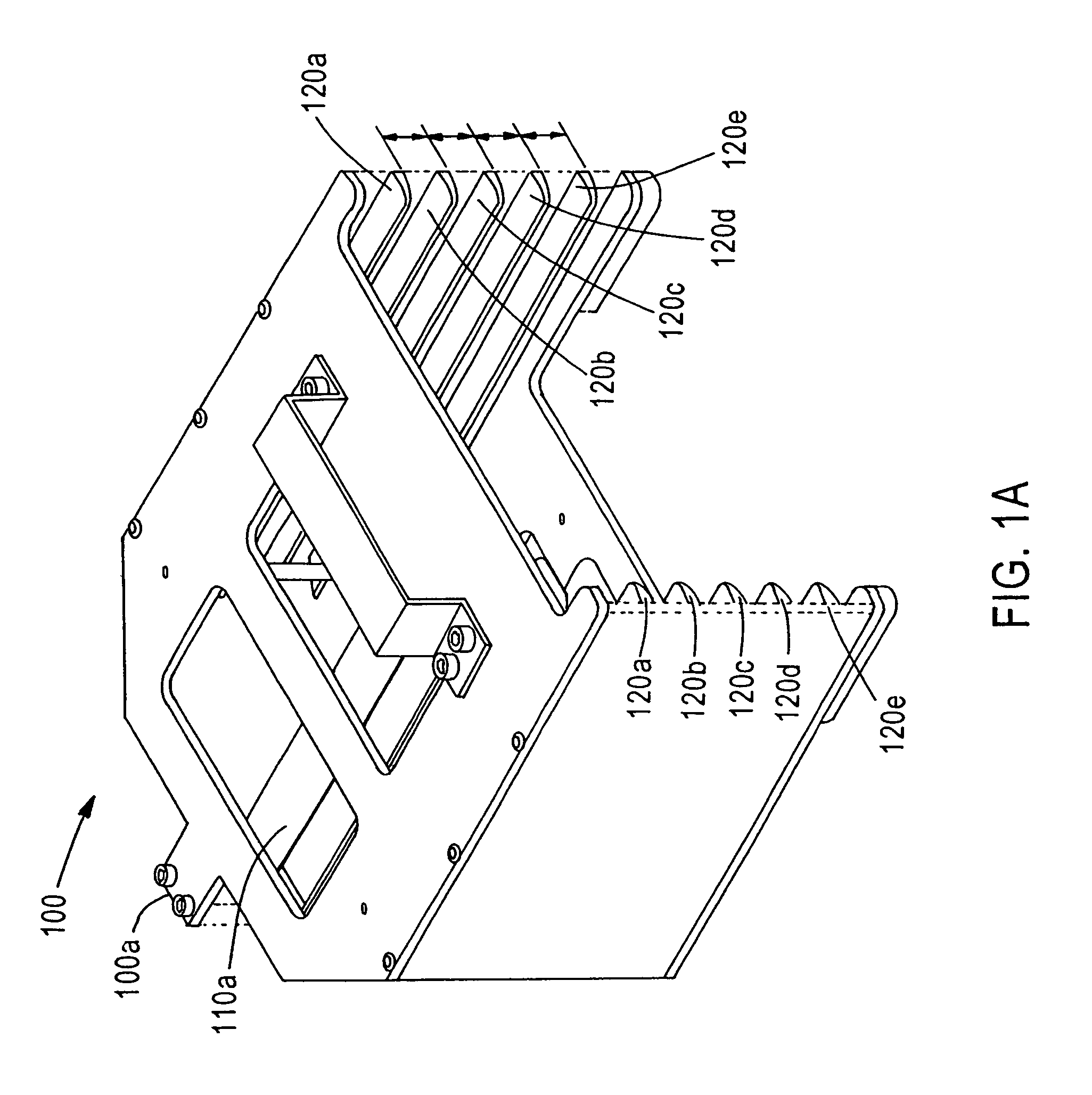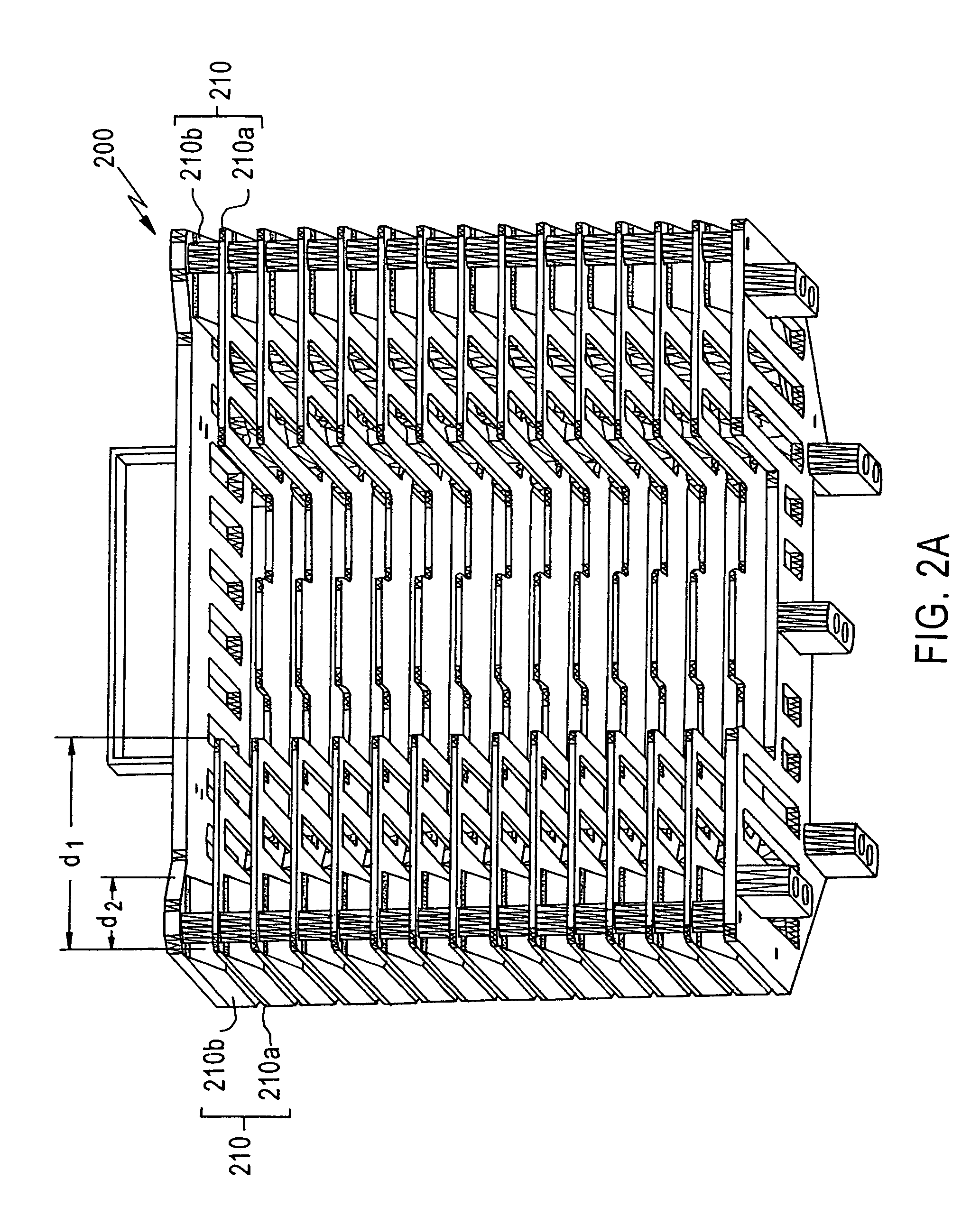Method and apparatus for handling thin semiconductor wafers
a technology processing methods, applied in the direction of electrical apparatus, semiconductor/solid-state device manufacturing, basic electric elements, etc., can solve the problems of reducing throughput, requiring thinner semiconductor devices, and high machinery costs, so as to reduce wafer thickness, safe handling of thin semiconductor wafers, and cost-effective and flexible
- Summary
- Abstract
- Description
- Claims
- Application Information
AI Technical Summary
Benefits of technology
Problems solved by technology
Method used
Image
Examples
Embodiment Construction
[0019]Conventional methodologies for thinning semiconductor wafers are time-consuming, and require expensive dedicated equipment, which increases the cost of the finished device and reduces manufacturing throughput. Conventional methods for handling thin wafers result in damage to the wafers, reducing yield. The present invention addresses and solves these problems stemming from conventional manufacturing processes.
[0020]According to the present invention, a cassette for holding thin semiconductor wafers has a center support and a pair of edge supports for supporting the wafer in a predetermined reference plane, so that tools such as robots or automatic handlers can be programmed to pick them up without damaging them. As used throughout the present disclosure and claims, the term “wafer” denotes a semiconductor wafer, such as a silicon wafer. The inventive cassettes each have a plurality of sets of center and edge supports, the sets being spaced from each other a distance greater th...
PUM
| Property | Measurement | Unit |
|---|---|---|
| thickness | aaaaa | aaaaa |
| thickness | aaaaa | aaaaa |
| thickness | aaaaa | aaaaa |
Abstract
Description
Claims
Application Information
 Login to View More
Login to View More - R&D
- Intellectual Property
- Life Sciences
- Materials
- Tech Scout
- Unparalleled Data Quality
- Higher Quality Content
- 60% Fewer Hallucinations
Browse by: Latest US Patents, China's latest patents, Technical Efficacy Thesaurus, Application Domain, Technology Topic, Popular Technical Reports.
© 2025 PatSnap. All rights reserved.Legal|Privacy policy|Modern Slavery Act Transparency Statement|Sitemap|About US| Contact US: help@patsnap.com



